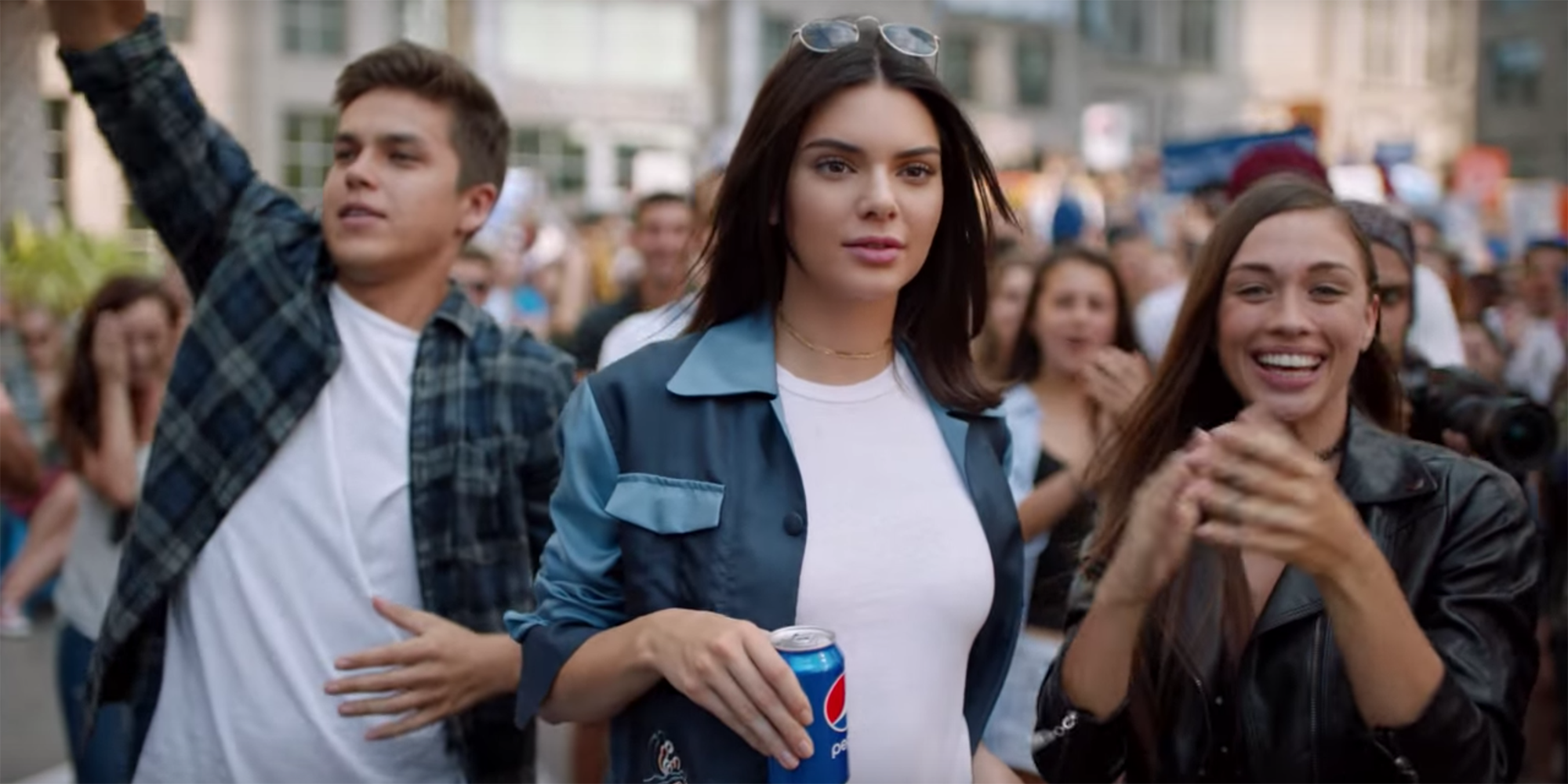The Evolution of Influencer Marketing. In our not so distance past, influencers were just regular run of the mill people who leveraged social media channels to share details about their lives, opinions, quirks, passions, and generally anything about which people would pay attention. And pay attention they did. Today, the most popular social media influencers aren’t celebrities, they’re regular people. They’re the Bloggers, Vloggers, Snapchatters, Instagrammers, and YouTube Stars that have amassed millions upon millions of followers, promoting products and services with only the trust of their fans as currency.
Studies confirm that 92% of people trust recommendations from other people over brands. According to Variety, “teens have a seven times higher emotional attachment to YouTube Stars than to Hollywood celebrities and music moguls alike.” Match that with the fact that 49% rely on influencer recommendations when making purchase decisions. Due to the tremendous sway influencers have over our purchase decisions, brands have recently become addicted to influencers, and with good reason. Influencers represent a billion-dollar industry of inventive and innovative creators – attracting huge audiences through original streams of content and even, in some cases, brand deals of their own. Bloomberg reports “$255 million is spent on influencer marketing every month and in the next five years it will grow to a $5B to $10B market.”
Social Media superstars like Kendall Jenner can make up to $300k for a single post, and big sister Kim Kardashian has purportedly charged over $1M to promote a product on her very engaged social media channels. That said, sometimes it backfires. Take, for example, Kendall’s recent Pepsi commercial debacle (where Kendall is shown bringing in a Pepsi to essentially solve the big problems of the world). To say that this was too light a brushstroke is a grand understatement. For this error in judgment, Pepsi has taken heavy heat and critique. Endlessly ridiculed and lambasted across the late night talk-show circuit and social media platforms, Pepsi has now decided to drop the ad and has finally admitted they “missed the mark.” They are being called “tone-deaf” across multiple fronts.
Why is this important? For nearly 100 years, only deep-pocketed brands could take to their vast media networks to broadcast nationally. With the arrival of social media, regular people can now exert massive influence and transmit their messages globally. Influencers have significant impact because they can truly be authentic and consumers trust them (even though, as the lines blur, it’s getting harder and harder to tell who is a genuine brand supporter and not a paid spokesperson). So brands, take note. You’ll need to be transparent and find true, passionate, trusted influencers who can really tout your products and services in a way that not only feels but is real – only then you can leverage this revolutionary change.
WIRED: Pepsi’s Kendall Jenner Ad Was So Awful It Did the Impossible: It United the Internet

Michael Chase, CMO
St. Joseph Communications
